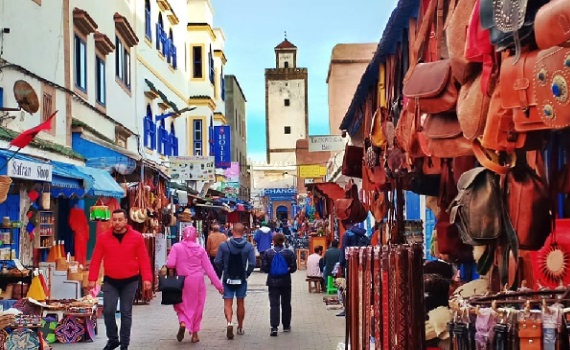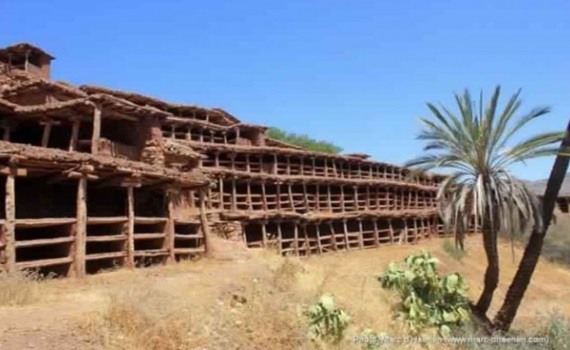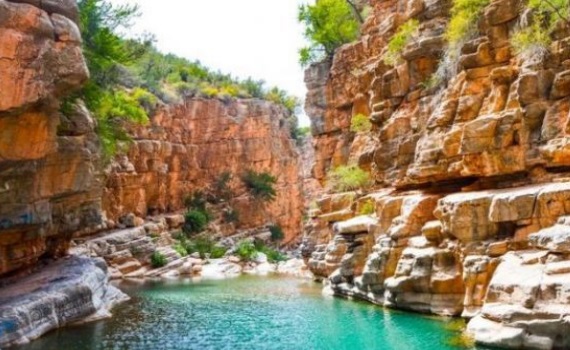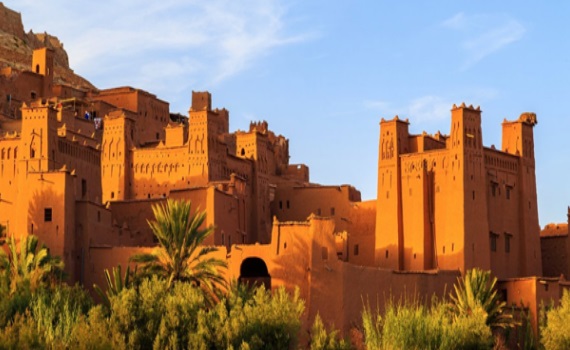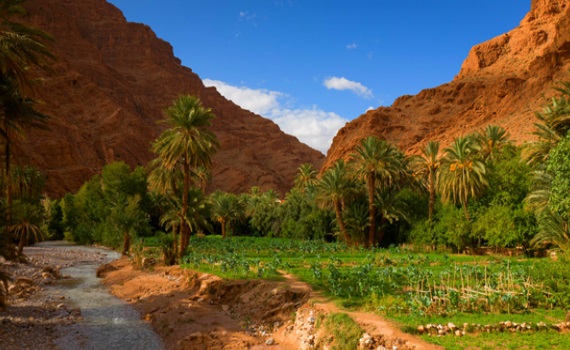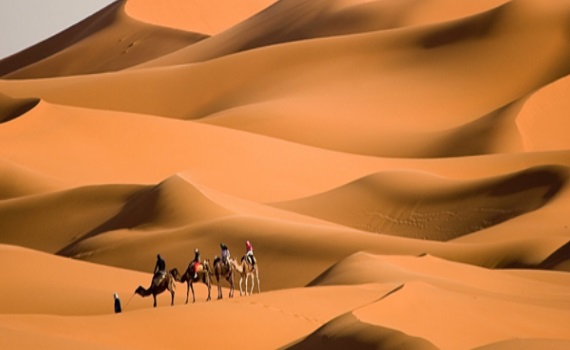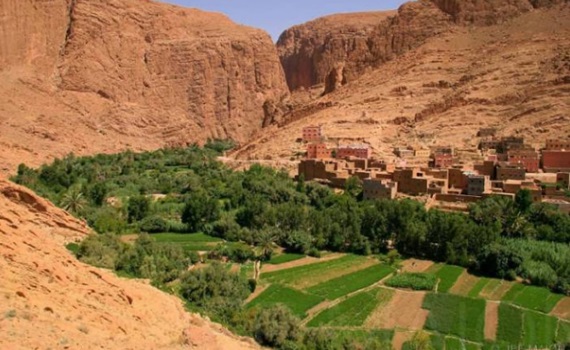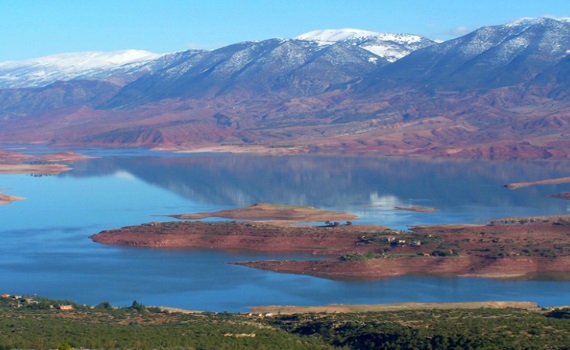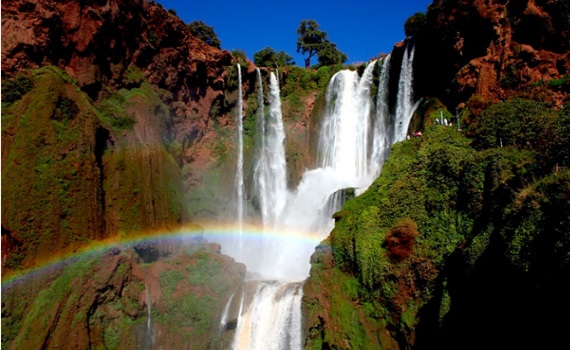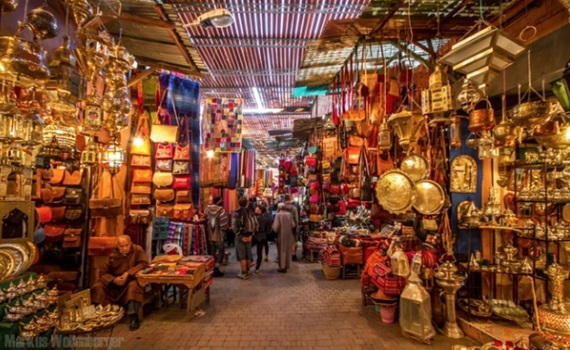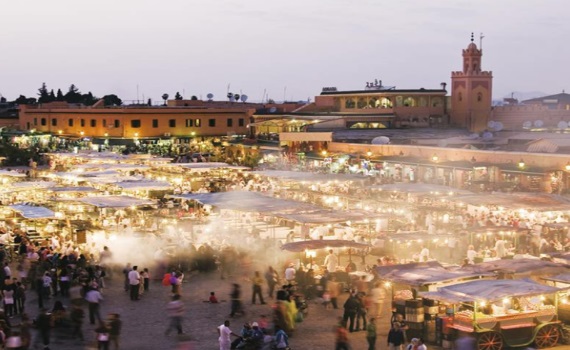AROUND OF MOROCCAN HONEY
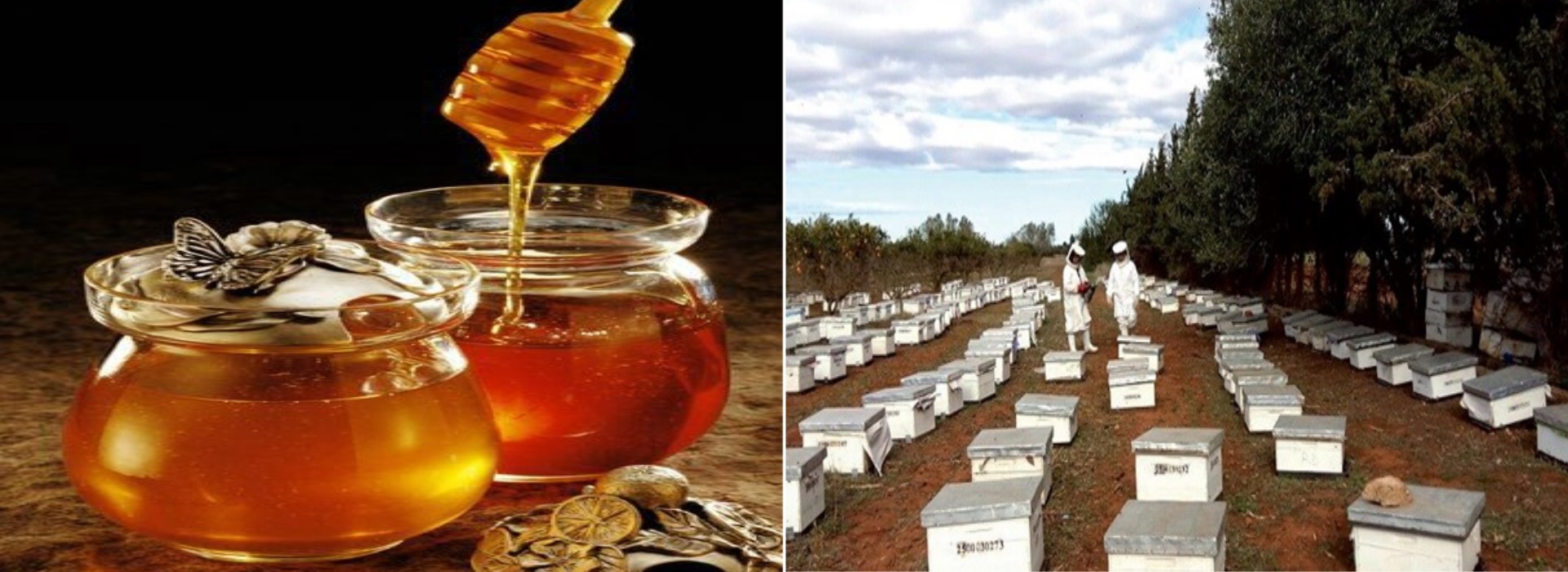
In Morocco, beekeeping is a traditional practice, common in almost all rural areas of the country. It is considered the poetry of agriculture. Thanks to an abundant and diversified flora, which allows bees to forage on quality flowers, Morocco is endowed with an essential and unique beekeeping potential giving it great originality, which makes it one of the most exciting regions on the plan. Biological and biogeographic.
Perfect Holidays invites you on a journey with a sweet and fragrant taste combining the high places of Moroccan beekeeping, meeting with passionate beekeepers, and discovering the most beautiful attractions of Morocco, a country of extraordinary natural landscapes and millennial traditions.…
Note: This program is a suggestion. It is flexible according to your wishes. Please get in touch with us
Highlights of the trip:
Visit the Saharan Bee Garden in Skoura.
Visit the largest traditional collective apiary in the world.
Meeting with Moroccan beekeepers.
Visit the different honey production cooperatives.
Visit the attractions of southern Morocco: Marrakech / Essaouira, Paradise Valley, Sahara, gorges, and waterfalls.
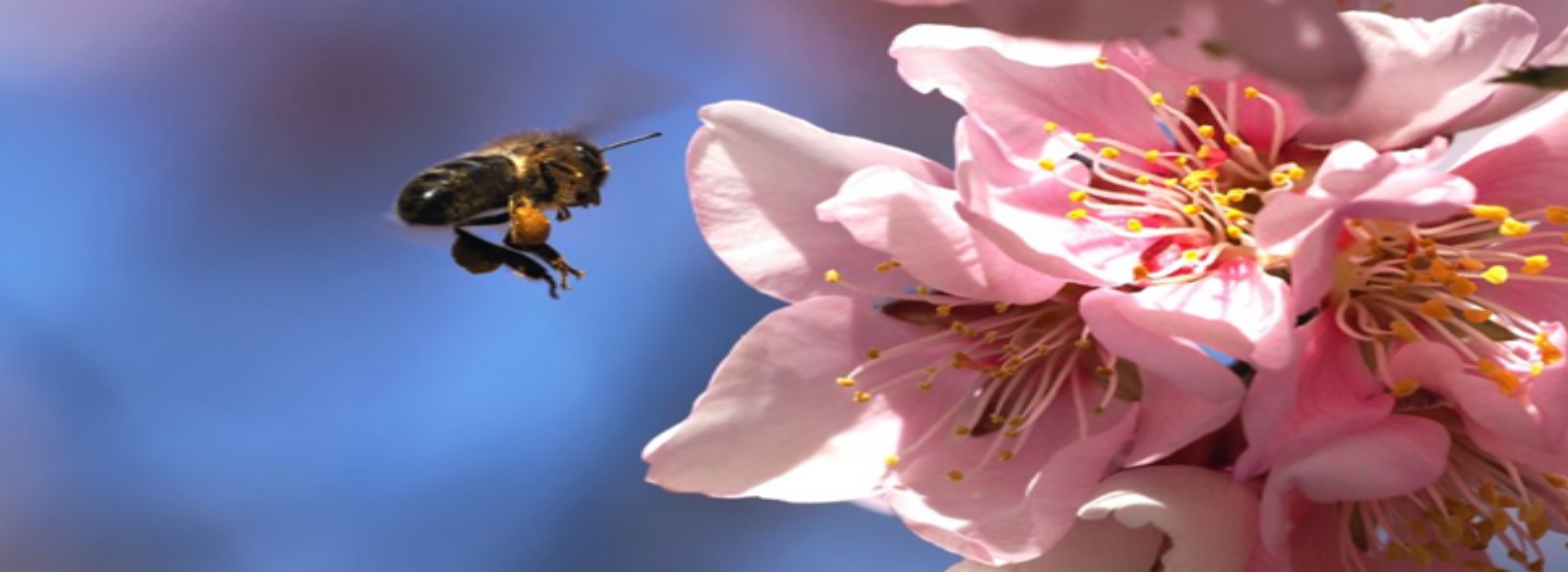
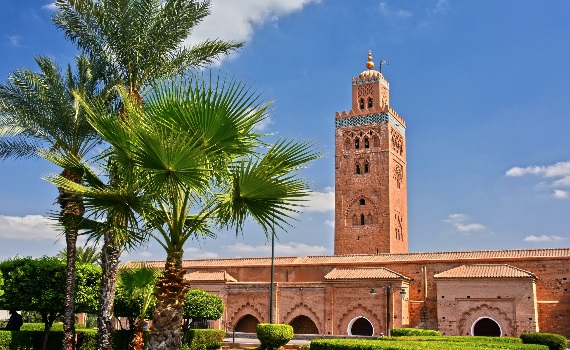 >
>
